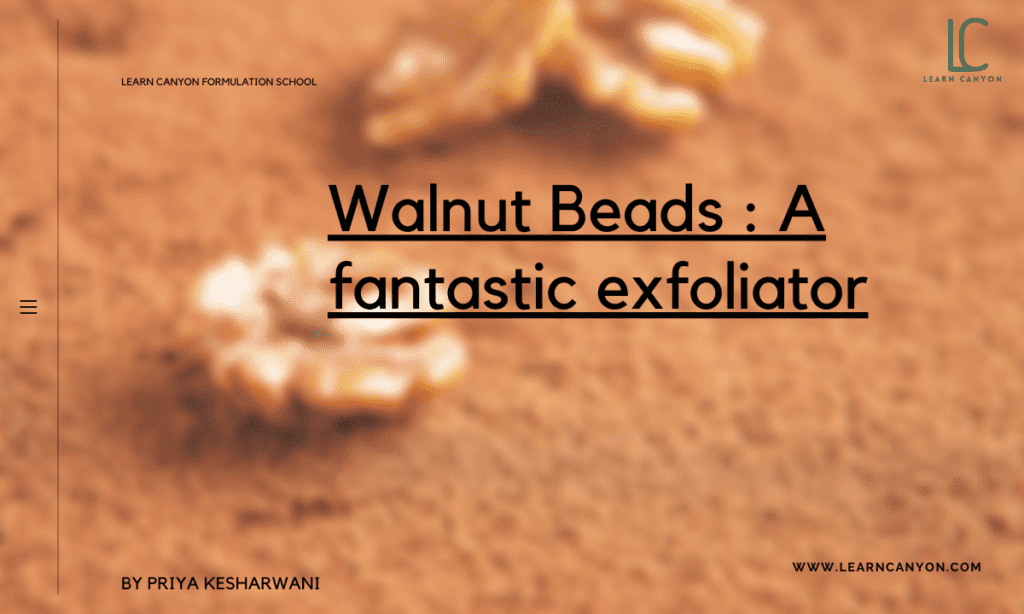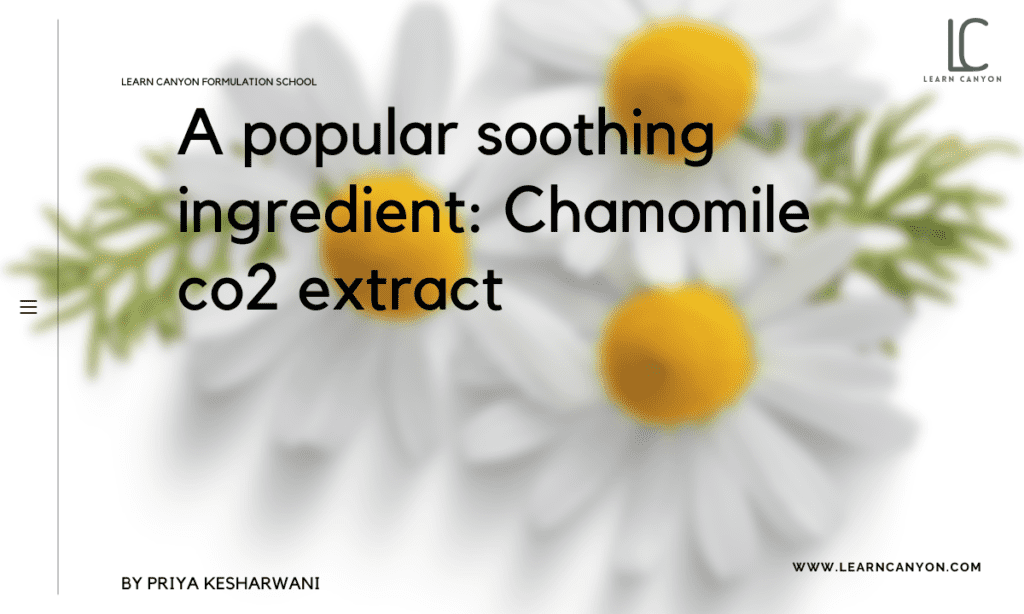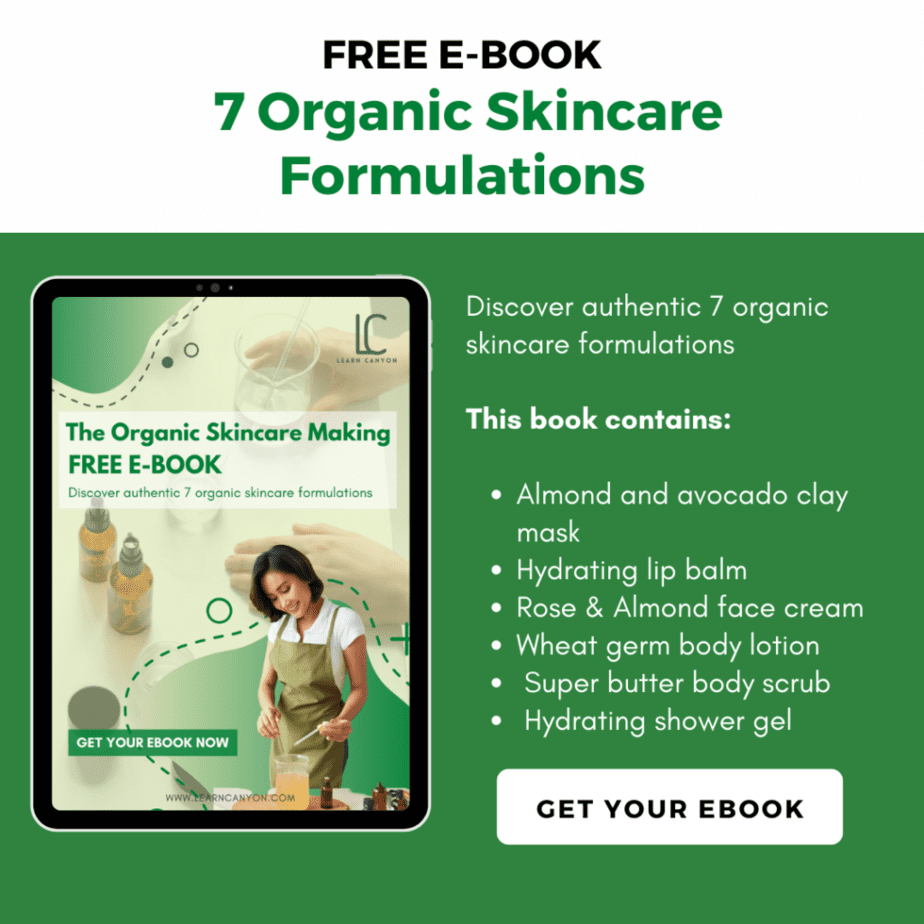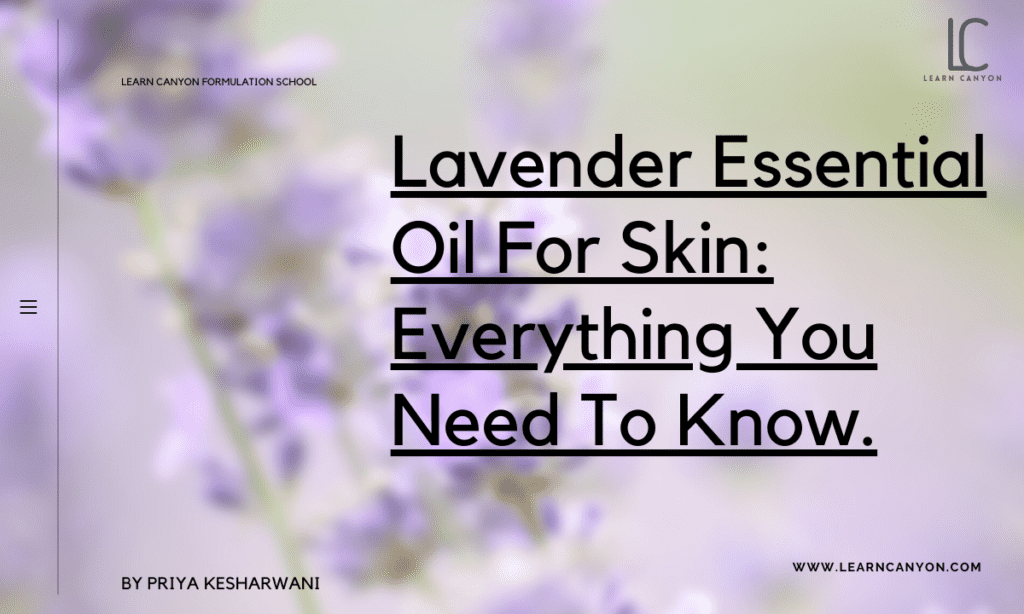
Hydrolyzed rice protein is a vital conditioning agent, providing natural advantages
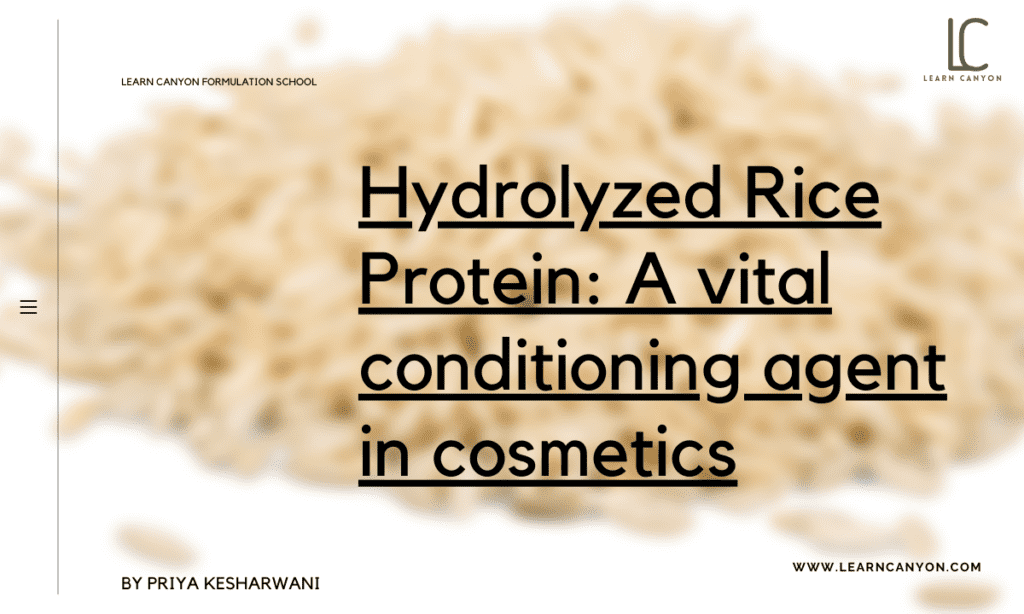
Hydrolyzed rice protein
Despite the fact that the word “hydrolyzed rice protein” appears to be technical, it is a natural ingredient.
Proteins are too big to be utilised in their whole body. When we eat proteins, our bodies break them down during digestion.
What does it do for your hair, exactly? In addition to giving strength and volume, hydrolyzed rice protein also helps to prevent static electricity from building in your hair as you brush it.
Despite the fact that you’re just as smart as Einstein, you don’t want to look like him this winter. Hydrolyzed rice protein is your new best friend. So, let’s get this discussion going.
What is Hydrolysed rice protein?
Rice is one of the oldest and most useful food mainstays on the planet! Our Hydrolyzed Rice Protein is a water soluble, cosmetic-grade vegetable protein rich in amino acids that are beneficial to hair and skin.
But, exactly, what is a “hydrolysate”? A hydrolysate is a byproduct of hydrolysis. Hydrolysis is a scientific/chemical process that uses an acid or water to break down a substance.
When a protein hydrolysate (such as wheat, oat, silk, rice, etc.) is applied to the hair or skin, it helps the substance enter the hair or skin more quickly.
| What is it? | Rice bran protein that has been changed to make it water soluble is called hydrolyzed rice protein. |
|---|---|
| INCI | Hydrolyzed Rice Protein |
| Appearance | Light Tan to Amber Liquid |
| Texture | Thin, watery |
| Recommended Usage | 1.0-10.0% |
| Solubility | Water soluble |
| Melting point | Liquid at room temperature |
| Boiling point | NA |
| pH | 4.0-6.0 |
| Aroma | Mild |
| Why do we include it in formulations? | It also works as a moisturiser and a film former. |
| How to work with it? | Include hydrolyzed rice protein in your formulations' water phase; it should be added to the cool down phase or cold processed. |
| Applications | They improved moisture retention on the skin resulting in a more hydrated and elastic surface. Hydrolyzed Rice Protein is an excellent anti-irritant that leaves the skin feeling smooth and dry. |
| Absorption rate | Fast |
| Strength | Rice protein that has been hydrolyzed is a good skin moisturiser. |
| Weaknesses | It's one of the more difficult to come by hydrolyzed proteins. |
| Substitution | Try other hydrolyzed proteins, like silk, oat, or quinoa. |
| How to store it? | Stored in a cool, dark and dry place. |
| Shelf life | The shelf life of hydrolyzed rice protein is one year. |
Fun Fact
| Type of ingredient | Hydration and skin elasticity. |
|---|---|
| Main benefits | It increases the elasticity and tensile strength of hair and skin by boosting their ability to bind moisture. |
| Who should use it | Work well on both skin and hair types. |
| How often can you use it? | Once a week. |
| Works well with | To treat hair, you can combine hydrolyzed rice protein with acv, baking soda, or even tea, depending on your hair problem. |
| Doesn't work with | To avoid overdoing it, avoid combining hydrolyzed rice protein with another protein treatment. |
| How to use it in formulations | In the aqueous phase, it must be added. |
Mechanisms of action
It is the highest-quality protein source, containing all of the essential amino acids for healthy skin care. Skin can be repaired, restructured, and healed by hydrolyzed rice protein. It hydrates and nourishes the skin, as well as protecting it from drying and providing regenerative effects. Amino acids are the skin’s natural moisturisers.
The proteins in the epidermis are broken down into amino acids and given to the stratum corneum as the cells die and become the stratum corneum. Amino acids and pyrrolidone carboxylic acid make up around half of skin’s NMF (PCA).
The amino acid glutamate is the source of PCA. Collagen, a well-known cosmetic component, is made up of amino acids.
Collagen is a well-known cosmetic component that adds firmness and suppleness to the skin. Collagen also contains a variety of amino acids.
The Benefits of Hydrolysed rice protein
Hydrolyzed rice protein contains amino acids that help to repair, strengthen, and promote new hair growth. It also helps to keep hair from getting damaged. Isn’t it incredible? They improved the skin’s moisture retention, resulting in a more hydrated and elastic surface.
Rice protein hydrolyzed is an excellent anti-irritant that leaves the skin feeling smooth and dry. Our hydrolyzed rice protein contains both cationic and anionic amino acids. Other advantages are listed here.
- In terms of hair maintenance, Rice bran hydrolyzed promotes hair volume and manageability.
- Hair care with a more lustrous sheen
- Protects hair by strengthening it.
- Natural highlights are added.
- Hair is nourished from root to tip.
- All skin types are safe to use
- Aids in the improvement of the skin’s moisture barrier
Side effects of Hydrolysed rice protein
Although hydrolyzed rice protein is safe for all skin and hair types and has shown no signs of irritation or side effects, a patch test is recommended if your skin is prone to sensitivity
How to use it in formulation?
It must be included in the aqueous phase. It should be added to emulsions after they have developed and at temperatures below 104 degrees Fahrenheit (40 degrees Celsius). It can be washed away with water. 2% to 5% usage rate.
Work well with other Ingredients
Because hydrolyzed rice protein already includes protein, it should be used with caution when combined with another protein treatment to avoid overdoing it.

